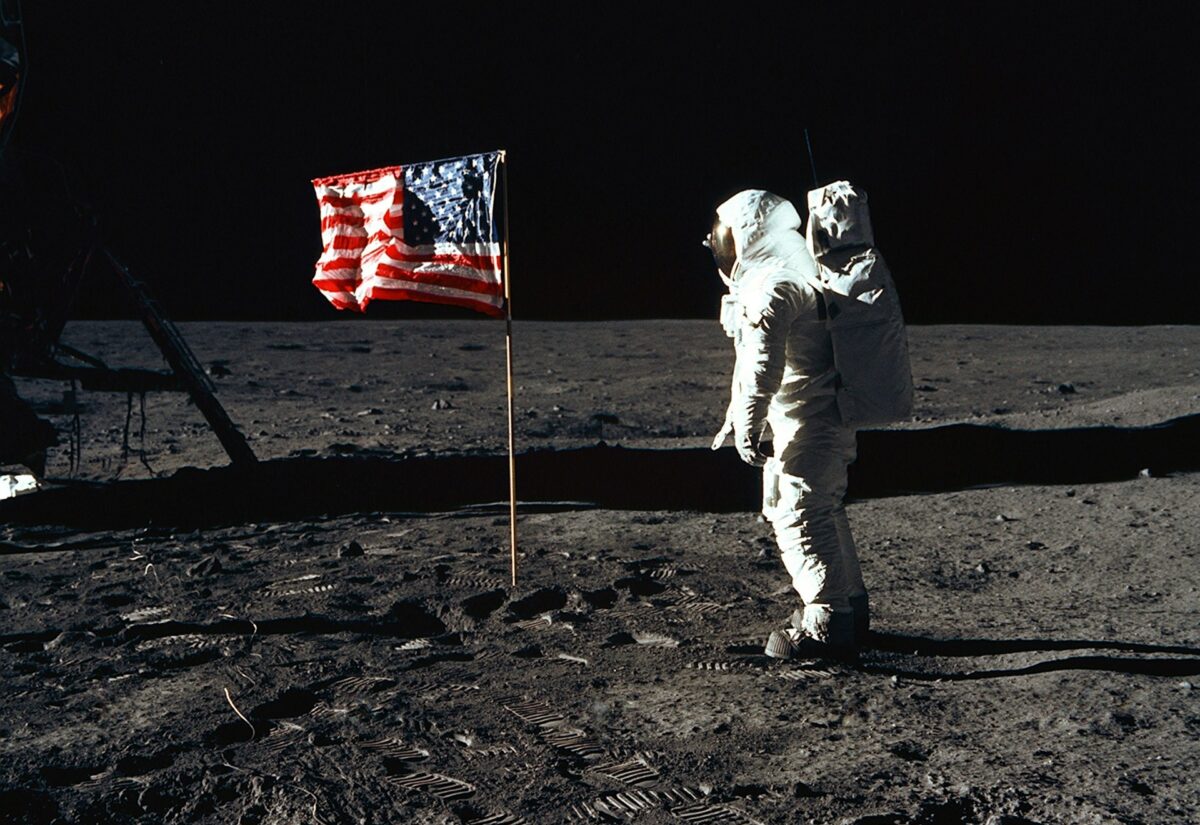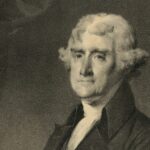 Unsplash/NASA
Unsplash/NASAThroughout history, people have made countless predictions about the future, and while most miss the mark, some have proven to be remarkably accurate. These predictions span centuries and cultures, offering a fascinating glimpse into humanity’s ability to anticipate future events with uncanny precision. Here are ten historical predictions that came true in eerie detail, each enriched by historical context, additional research, and supported by intriguing evidence.
1. Mark Twain predicted his own death.
American author Mark Twain, born Samuel Clemens, famously declared he was born with Halley’s Comet in 1835 and expected to depart the world upon its return. Halley’s Comet famously appears every 76 years, and Twain said in 1909: “It will be the greatest disappointment of my life if I don’t go out with Halley’s Comet.” True to his word, Twain died on April 21, 1910, just one day after the comet reached its closest point to Earth again. The literary community and wider public were captivated by this coincidence, considering it an extraordinary alignment of fate and foresight. Twain’s death reinforced the symbolic relationship he held with this celestial event, lending a mystic significance to his legacy.
2. Jules Verne knew we’d land on the moon.
French novelist Jules Verne made startlingly accurate predictions about space exploration in his 1865 novel From the Earth to the Moon. Verne described a space mission launched from Florida, a scenario remarkably similar to NASA’s Apollo 11 mission that landed astronauts Neil Armstrong and Buzz Aldrin on the moon in 1969. In addition to pinpointing the launch location, Verne accurately predicted several technical aspects of space travel, including weightlessness, spacecraft trajectories, and even crew size. Scientists and astronauts have frequently credited Verne’s visionary narratives as early inspiration for modern space exploration, highlighting his enduring influence on technological imagination and advancement.
3. Nikola Tesla’s vision of wireless communication was eerily spot on.
In 1926, inventor Nikola Tesla envisioned a world connected by wireless technology, describing devices remarkably akin to today’s smartphones and internet-enabled gadgets. Tesla predicted that people would transmit images, messages, and documents instantly across vast distances without wires—nearly a century before Wi-Fi and mobile technology reshaped global communication. His ideas, extensively documented in various publications, directly influenced early developments in radio technology and have been widely acknowledged as fundamental to modern telecommunications. Tesla’s futuristic vision continues to amaze experts for its precision and visionary foresight.
4. H.G. Wells predicted atomic bombs.
In his 1914 novel The World Set Free, author H.G. Wells described the devastating potential of atomic weapons decades before they became a reality. Wells envisioned a future involving nuclear warfare with catastrophic consequences, eerily mirroring the tragic events of Hiroshima and Nagasaki in 1945. His detailed and chilling descriptions closely matched actual nuclear fallout scenarios, demonstrating his ability to foresee both technological advancements and their potential impact on humanity. Wells’ novel is frequently cited in historical studies of nuclear warfare and continues to prompt important ethical discussions about scientific responsibility.
5. Robert Boyle’s foresight about organ transplants was impressive.
In the 17th century, scientist Robert Boyle speculated extensively about future medical advancements, particularly predicting organ transplantation. Boyle theorized detailed scenarios about replacing damaged organs to cure diseases—a concept astonishingly ahead of his time. It took centuries, but Boyle’s vision finally materialized in 1954 with the first successful kidney transplant performed by Dr. Joseph Murray. This groundbreaking procedure transformed medicine, revolutionizing surgical practices and saving countless lives. Boyle’s pioneering ideas are often referenced in medical histories, showcasing the long-term impact of visionary scientific predictions.
6. John Elfreth Watkins predicted digital photography.
In 1900, civil engineer John Elfreth Watkins penned an article for Ladies’ Home Journal titled “What May Happen in the Next Hundred Years,” accurately predicting digital photography. Watkins described photographs instantly transmitted from any distance—a scenario mirroring today’s digital cameras, smartphones, and platforms like Instagram. Watkins’ foresight was particularly remarkable given the limitations of photography technology in his time, highlighting his acute understanding of potential technological progress and societal shifts.
7. Ray Bradbury imagined that one day we’d have personal audio devices.
Science fiction writer Ray Bradbury foresaw personal audio devices in his 1953 novel Fahrenheit 451. He introduced tiny earpieces called “Seashells,” enabling private listening to music and news broadcasts. Bradbury’s invention uncannily prefigured modern earbuds and personal audio technology, accurately predicting not only the technology but also its social implications, including increased personal isolation. Scholars and commentators frequently cite Bradbury’s prescient depictions when discussing the influence of technology on modern social behaviour.
8. Arthur C. Clarke knew that one day we’d rely on satellite communications.
British science fiction writer Arthur C. Clarke famously detailed the concept of geostationary satellites for global communications in a 1945 article published in Wireless World magazine. Clarke proposed satellites orbiting at a fixed position relative to Earth, enabling consistent global communication coverage. His insights directly influenced the development and launch of the first communication satellite, Telstar, in 1962. Clarke’s contributions to satellite technology were so profound that the geostationary orbit is often called the “Clarke Orbit,” underscoring the lasting legacy of his visionary ideas.
9. Morgan Robertson’s prediction of the Titanic disaster was shockingly correct.
In 1898, author Morgan Robertson published the novella Futility, eerily predicting the sinking of a massive ocean liner named “Titan” after striking an iceberg. The parallels to the real Titanic disaster in 1912—such as the ship’s name, size, passenger count, inadequate lifeboats, and manner of sinking—were strikingly accurate. Robertson’s narrative has since become a legendary example of predictive fiction, extensively studied by literary historians and maritime experts fascinated by its uncanny detail and accuracy.
10. Alexis de Tocqueville predicted the Cold War.
French political thinker Alexis de Tocqueville astutely foresaw the geopolitical rivalry between the United States and Russia as early as the 1830s. In his seminal work, Democracy in America, Tocqueville predicted a bipolar global order dominated by these two powerful nations, anticipating the ideological tensions and strategic rivalries that characterized the Cold War a century later. Historians frequently reference Tocqueville’s work as an exemplary prediction of international relations and political dynamics, highlighting his deep analytical insights and understanding of emerging global powers.



